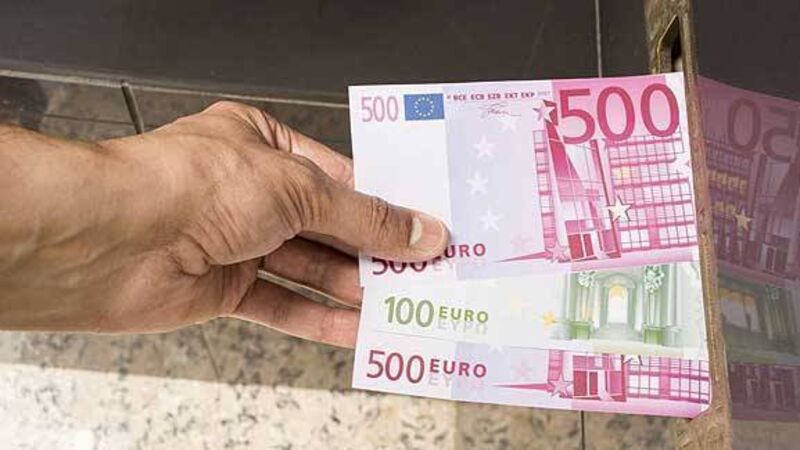Weak growth knocks some steam out of euro

It continued to perform well in the opening months of 2014.
More recently, though, it has been losing ground as the persistence of very weak growth in the eurozone, coupled with a fall in inflation to very low levels, forced the ECB into further policy easing this summer.
















